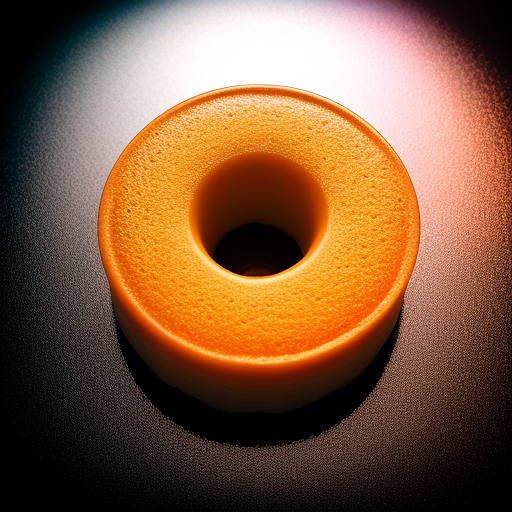What is a Recipe ?
The term “Recipe” is a structural notation that includes components in addition to the list of ingredients. These include:
- The Head Note: The Head note or Introduction is the first component of a recipe, the head note is the introduction to the the recipe and provides context, for example it tells the tells the story of the recipe.
- The Ingredients – A list of material and their quantity that make up the recipe.
- The Instruction: These can or precede or come the after ingredients list, and include preparation or directional information, such as greasing pans and preheating the oven. Other use include substitution of ingredients and alternative methods of preparation.
- The Direction: Also commonly called the “Method,” this provides directions and steps for assembling and cooking the ingredients. The Instruction and Direction can be concatenated.
- The Media: Optional Photographs, videos and Audio (podcasts). These components accompany recipes and have copyright protection separate from the other components of the recipe.
A Template for Instructions and Directions
- Preheat the oven to the desired temperature.
- Gather all necessary ingredients and equipment needed for the recipe.
- Prepare any ingredients that require mixing or chopping beforehand, such as butter, eggs, and so on.
- If a recipe calls for melting butter or chocolate chips, melt them in a double boiler or in the microwave at medium heat in 30-second intervals.
- In a large bowl, mix together all dry ingredients such as flour, sugar, baking powder, baking soda, and so on until everything is combined evenly.
- In a separate bowl, mix together all wet ingredients such as egg whites, melted butter, vanilla extract or other flavorings until everything is combined evenly.
- Combine the wet and dry ingredients by mixing them together until everything is just combined – do not overmix!
- Grease the baking pan with butter or cooking spray and pour the batter into it evenly.
- Place into pre-heated oven and bake according to instructions provided in recipe (typically 25-30 minutes).
- Test with a toothpick inserted into center of cake to make sure it is done before taking out of oven; toothpick should come out clean when done cooking.
- Allow cake to cool before serving or frosting if desired.
- Enjoy!
Licensing Collections
The origins of the ingredients of a dish and the general steps involved in making them are likely in the public domain. A Christmas Cake, for example, has no distinct original owner.
Most recipes, however, include content in addition to the list of ingredients, which make them subject to Copyright. Similar to ideas, facts and history, there isn’t copyright protection on recipes published only as a lists of ingredients. In fact I am not sure there is a way to release a formally written recipe into the public domain..
Copyright protection applies to any written text, photographs or videos accompanying that list of ingredients. The headnotes and instructions on how to combine ingredients are protected by copyright.
A collection recipes as a whole (for example a “Cookbook”, “Article” or “Blog”) is protected by copyright. Collections are protected even if the individual recipes themselves are in the public domain.
An Authors intent for a collection of recipes and the supporting materials should be apply a Creative Commons license. This should allow you to share the recipes freely and others to use them for their own purposes. The details of the license are outlined in the collections copyright notice..
The Creative Commons Attribution-ShareAlike 4.0 International License (CC BY-SA 4.0) is what an Author can assigned as the appropriate license to use for their Collection. This license allows for others to share, adapt, and build upon the work for commercial or non-commercial purposes as long as they give “appropriate credit” and distribute the resulting work under the same terms.
As the recipient or consumer of any collection of recipes you can legally able do the following:
- Make that recipe for your yourself, family or even as a caterer for a large group or the public.
- Make that recipe and sell its as a finished food product.
- Make media (Take a photo, or make a Video) of the finished food creation from a copy right protected recipe and share the photo on your Social Media Account or blog.
- Share on your Social Media Account, blog or elsewhere on how you cooked the recipe and your thoughts about it, a summary of the recipe, and a link to it.
With reference to the concept of “appropriate credit” within Creative Commons, be mindful to link to an authorized source, such as the cookbook writer’s or publisher’s website, or to a recipe elsewhere that’s been clearly authorized.
Fostering a culture of respect for copyright and ethics in recipe writing indirectly helps you protect your own “original” recipe. If you are posting another blogger’s recipe on your site, you should get permission to do so and clearly indicate that you’re using the recipe with their permission. If your recipe is a derivative work, inspired by someone elses published recipe or a dish you consumed in a restaurant or at a friends home, give them the attribution.
.. That being said, as the author of a Collection of Recipes, you may no intention or means of seeking royalties, or spending any of our effort in chasing “appropriate credit”…
Creative Commons license expires when the underlying copyright and similar rights expire.
Disclaimer
It is always worth thinking about including a disclaimer.
The collection is provided for informational or entertainment purposes only and no recipe should be used for medical or any other advice. The authors shall not be held liable for any errors or omissions in the recipes or instructions, nor for any damages resulting from the use of such recipes. All recipes are provided “as is” without any express or implied warranties, including merchant-ability or fitness for a particular purpose.


